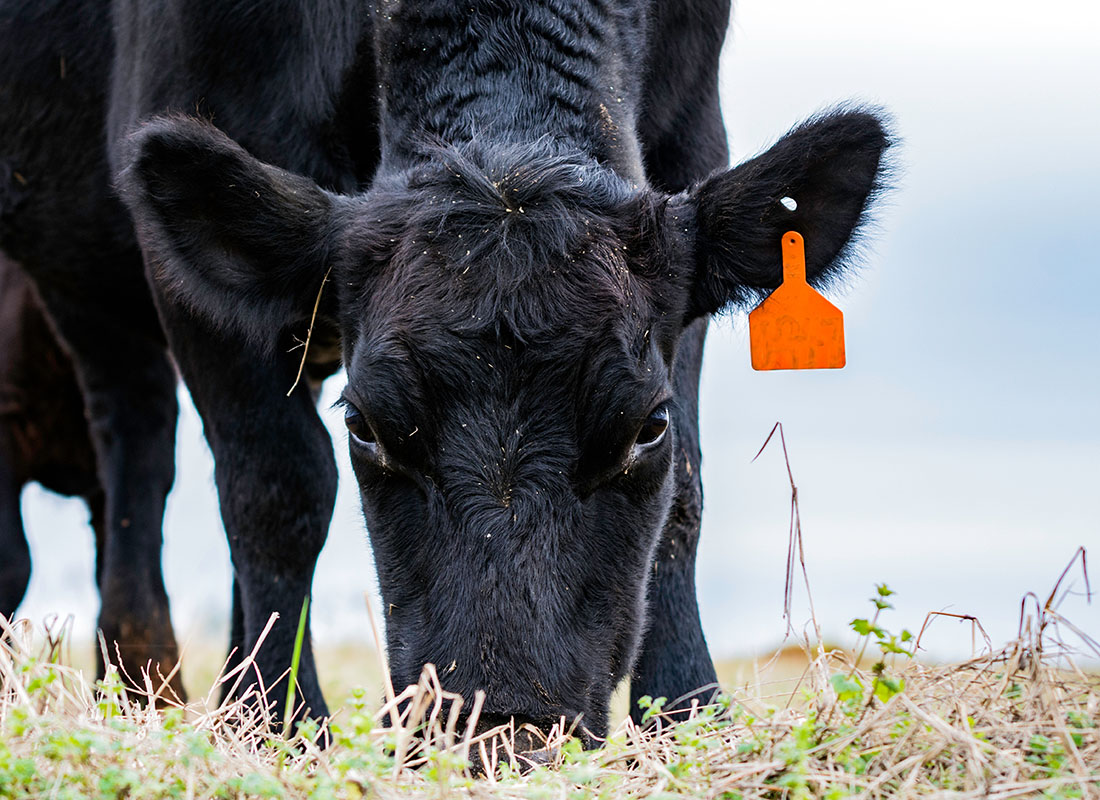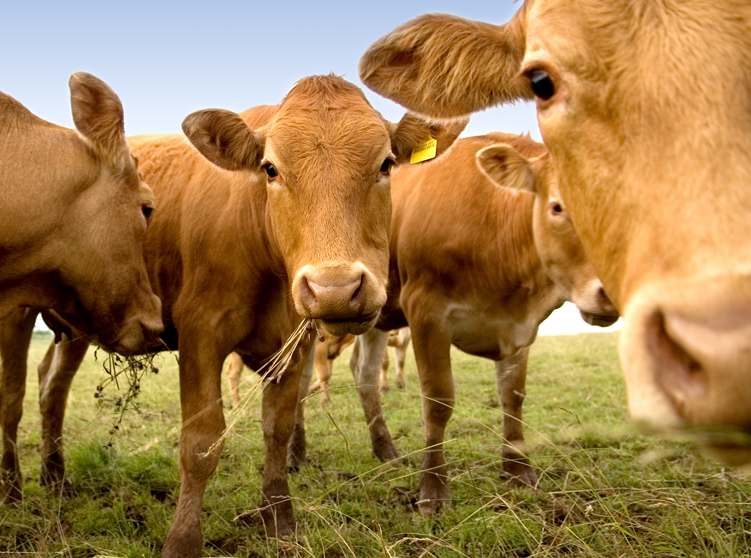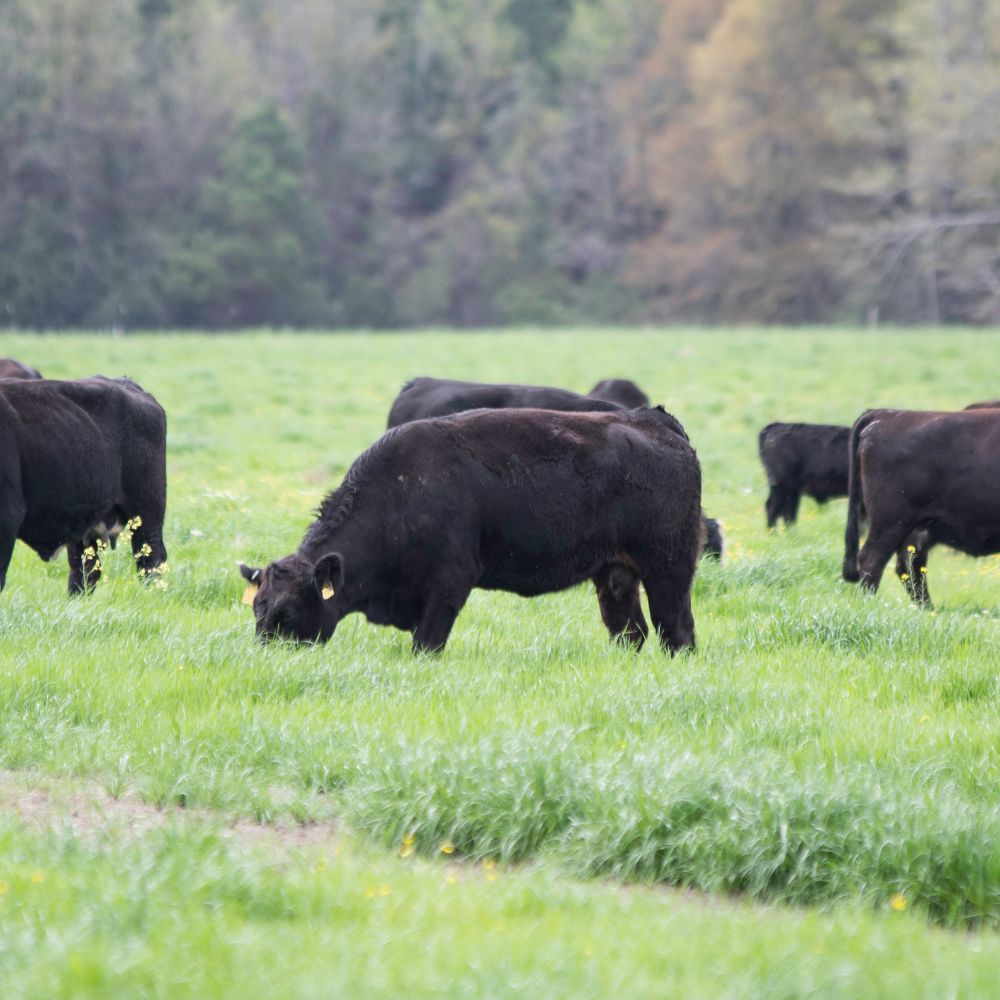Expert Guidance: Bagley Risk Management Techniques
Wiki Article
Understanding Animals Threat Defense (LRP) Insurance Policy: A Comprehensive Overview
Navigating the world of livestock risk defense (LRP) insurance can be a complex endeavor for numerous in the farming field. From how LRP insurance coverage works to the numerous coverage alternatives available, there is much to uncover in this detailed overview that might possibly shape the method livestock producers approach danger monitoring in their companies.

Just How LRP Insurance Policy Works
Sometimes, recognizing the technicians of Livestock Risk Security (LRP) insurance coverage can be intricate, but breaking down exactly how it functions can supply quality for breeders and farmers. LRP insurance policy is a threat monitoring device made to safeguard animals manufacturers against unexpected price declines. It's essential to note that LRP insurance coverage is not a revenue warranty; rather, it concentrates exclusively on cost danger security.Eligibility and Coverage Options

When it concerns insurance coverage options, LRP insurance policy offers manufacturers the flexibility to select the insurance coverage degree, coverage period, and recommendations that best fit their threat management demands. Coverage degrees normally range from 70% to 100% of the expected finishing worth of the insured livestock. Producers can also choose protection periods that straighten with their production cycle, whether they are guaranteeing feeder cattle, fed cattle, swine, or lamb. Endorsements such as cost threat security can additionally personalize insurance coverage to secure versus unfavorable market fluctuations. By recognizing the qualification criteria and coverage options available, animals producers can make informed decisions to take care of threat effectively.
Benefits And Drawbacks of LRP Insurance
When evaluating Animals Risk Security (LRP) insurance, it is crucial for livestock manufacturers to consider the negative aspects and advantages integral in this threat administration tool.
One of the key advantages of LRP insurance is its ability to give defense versus a decline in livestock rates. Furthermore, LRP insurance coverage uses a level of versatility, permitting producers to tailor protection degrees and plan durations to fit their particular requirements.
Nevertheless, there are likewise some downsides to take into consideration. One constraint of LRP insurance is that it does not secure versus all sorts of risks, such as disease outbreaks or all-natural calamities. Costs can occasionally be costly, specifically for manufacturers with huge livestock herds. It is essential for manufacturers to meticulously assess their specific risk direct exposure and financial scenario to identify if LRP insurance policy is the appropriate danger management tool for their operation.
Understanding LRP Insurance Policy Premiums

Tips for Making The Most Of LRP Conveniences
Maximizing the advantages of Animals Danger Defense (LRP) insurance policy calls for critical planning and aggressive threat monitoring - Bagley Risk Management. To make the many of your LRP protection, consider the adhering to suggestions:On A Regular Basis Evaluate Market Problems: Keep informed concerning market fads and cost variations in the livestock industry. By monitoring these factors, you can make informed decisions about when to acquire LRP coverage to safeguard against potential losses.
Set Realistic Coverage Degrees: Going Here When selecting coverage levels, consider your production costs, market worth of livestock, and potential threats - Bagley Risk Management. Setting sensible coverage degrees ensures that you are properly shielded without paying too much for find this unneeded insurance policy
Expand Your Protection: As opposed to counting entirely on LRP insurance coverage, consider diversifying your danger administration strategies. Incorporating LRP with various other risk monitoring tools such as futures contracts or choices can offer detailed protection against market unpredictabilities.
Testimonial and Readjust Coverage Routinely: As market problems change, regularly assess your LRP coverage to guarantee it straightens with your current danger exposure. Changing insurance coverage levels and timing of purchases can assist maximize your risk defense approach. By adhering to these ideas, you can optimize the advantages of LRP insurance coverage and safeguard your livestock procedure versus unexpected threats.
Conclusion
In verdict, livestock threat defense (LRP) insurance is a useful device for farmers to take care of the monetary dangers associated with their livestock procedures. By recognizing just how LRP functions, qualification and coverage options, along with the advantages and disadvantages of this insurance policy, farmers can make informed choices to secure their resources. By thoroughly thinking about LRP costs and carrying out techniques to make best use of advantages, farmers can reduce potential losses and make sure the sustainability of their procedures.
Livestock manufacturers interested in getting Animals Threat Protection (LRP) insurance can discover an array of eligibility criteria and protection choices tailored to their details livestock procedures.When it comes to insurance coverage options, LRP insurance uses producers the flexibility to select the protection level, coverage duration, and endorsements that finest match their risk monitoring demands.To understand the complexities of Animals Risk Defense (LRP) insurance policy fully, comprehending the variables affecting LRP insurance policy premiums is vital. LRP insurance costs are figured out by various components, consisting of the insurance coverage level picked, the anticipated price of animals at the end of the insurance coverage duration, the type of livestock being insured, and the size of the coverage period.Evaluation and Adjust Coverage Consistently: As market conditions change, regularly examine your LRP protection to guarantee it aligns with your current check threat direct exposure.
Report this wiki page